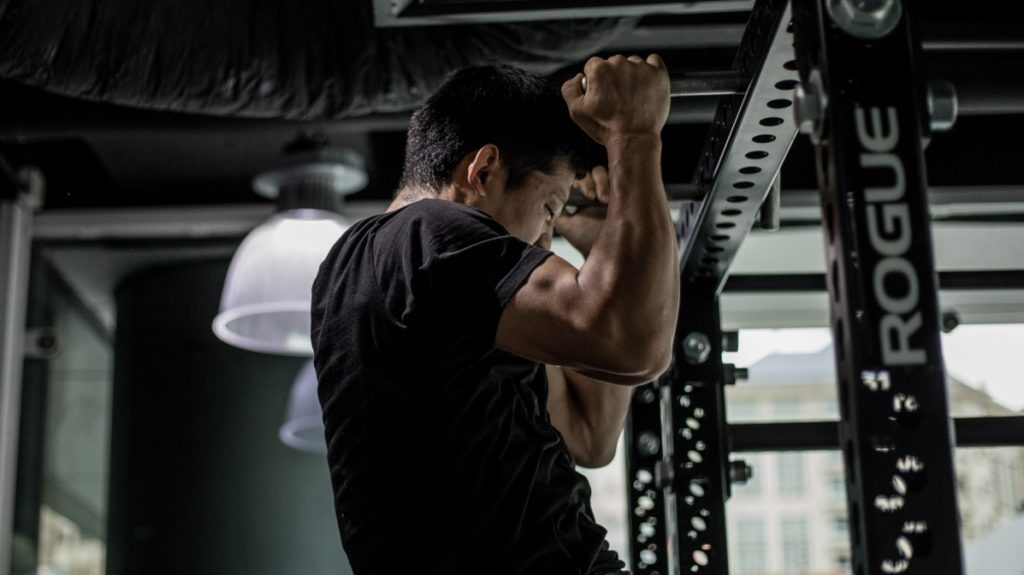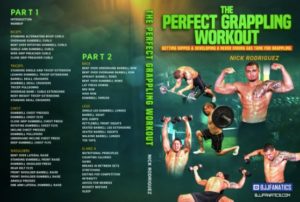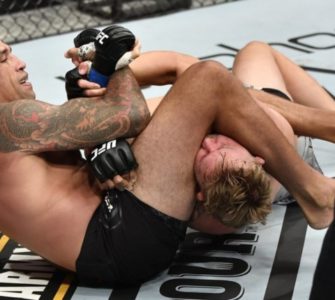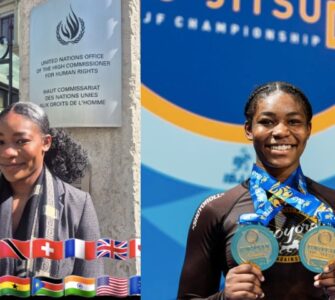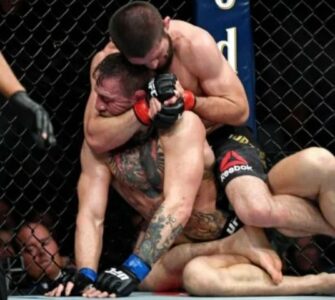By Peter Lakatos -Strength coach for Carlson Gracie Hungary & StrongFirst Master instructor
In the future you will read a lot of articles on various BJJ magazines and sites on strength training, since many people will discover, strength training – when done well –will not only improve performance, but prevent injury. Yes – when done properly.
„MaryBeth Horodyski, an assistant professor with UF’s department of exercise and sports sciences, said a three-year study of athlete injuries shows that players who follow a controlled strength-training program reduce their chances of suffering from severe injuries.
Seventy-eight percent of severe injuries to the upper body struck non-lifting athletes, or those students who were not in a controlled weight-lifting program, Horodyski said. And non-lifting athletes accounted for 64 percent of those with severe injuries to the lower body.“
This is great, and naturally will create lot of interest for strength training in the bjj community – even though strength training was always part of grappling sports. It’s almost impossible to imagine a successful Judoka or wrestler without efficient strength training. Now, whenever there is an argument on this subject, trainers and fighters agree on, fighters must be well conditioned, must have proper strength endurance for the fight. When strength training comes up, there will be a lot of arguments, but if you don’t have strength, what do you endure?
The next logical thing is to learn strength from the best in the industry on strength – weightlifters and powerlifters. No question, they are amazingly strong people, and there is a lot to learn from them, but following the same logic for endurance should we turn to the marathoners? While powerlifting and marathon running is about mastering a few skills on extremely high level, how many skills do you have to master to become a great bjj fighter? A lot more, and that not only means techniqual issues – but we use even different energy systems. While weight lifting depends on the anaerobic alactic system, marathon running is based more on the oxidative or aerobic system. Our sport is using all systems, especially the anaerobic glycolitic and aerobic glycolitic.
The point is your strength training has to be modified for your sport, since your sport is about bjj, and no bjj fights won over the best deadlift. You dont have to be powerlifter strong, most likely the best BJJ fighter should be maximum mediocre powerlifter, but also mediocre endurance athlete – and exceptional bjj fighter. Being stronger and better conditioned than your opponent is crearly an advantage, but remember, you must find the minimum dose of effect in strength training, not the maximum.
There is another issue we must deal with in BJJ, and that is the amount of knee and lower back injuries we see in our sport. Being strong in bilateral exercises does not necessarily transfer to a sport, where you hardly ever have parallel stance. You are getting pushed, pulled you stand up, you go to combat stance, or from the below position you reverse the guard, do spider, DLR or lapel guard. None of them are in parallel stance. So training lower body strength – deadlift, squat – is a good entry point for the novice strength trainee, but when basic skills are learned, much time has to spent on single leg deadlifts, single leg squats, what not only make your legs stronger, but protects your spine when done properly.
Peter Lakatos.
Why are SUPERSETS the key to Nicky Rod’s “pump”?
- Nicky Rod’s unique and simple workout tweaks will take you to BEAST MODE in no time!
- You don’t have to be a high level wrestler to get a high level GAS TANK!

